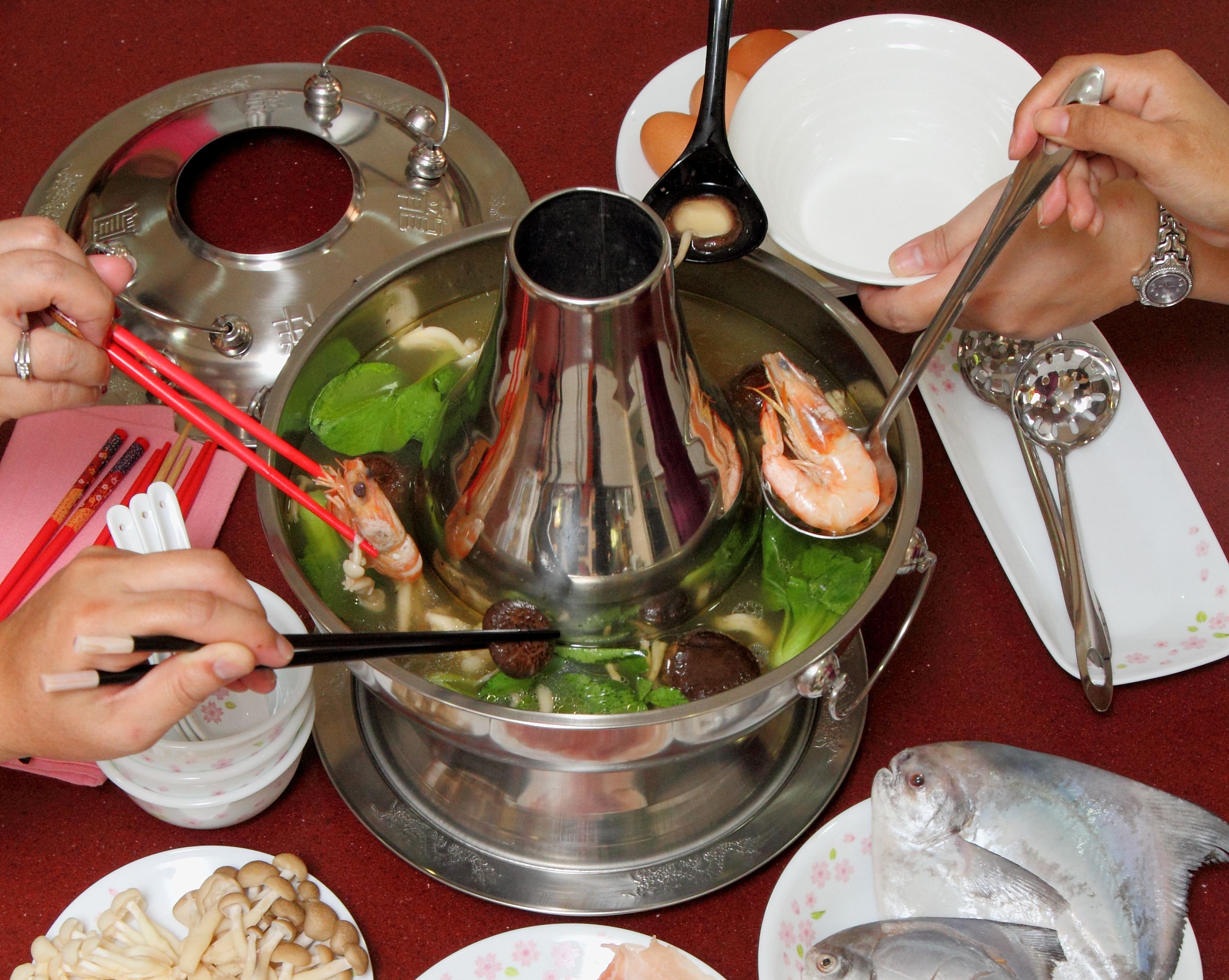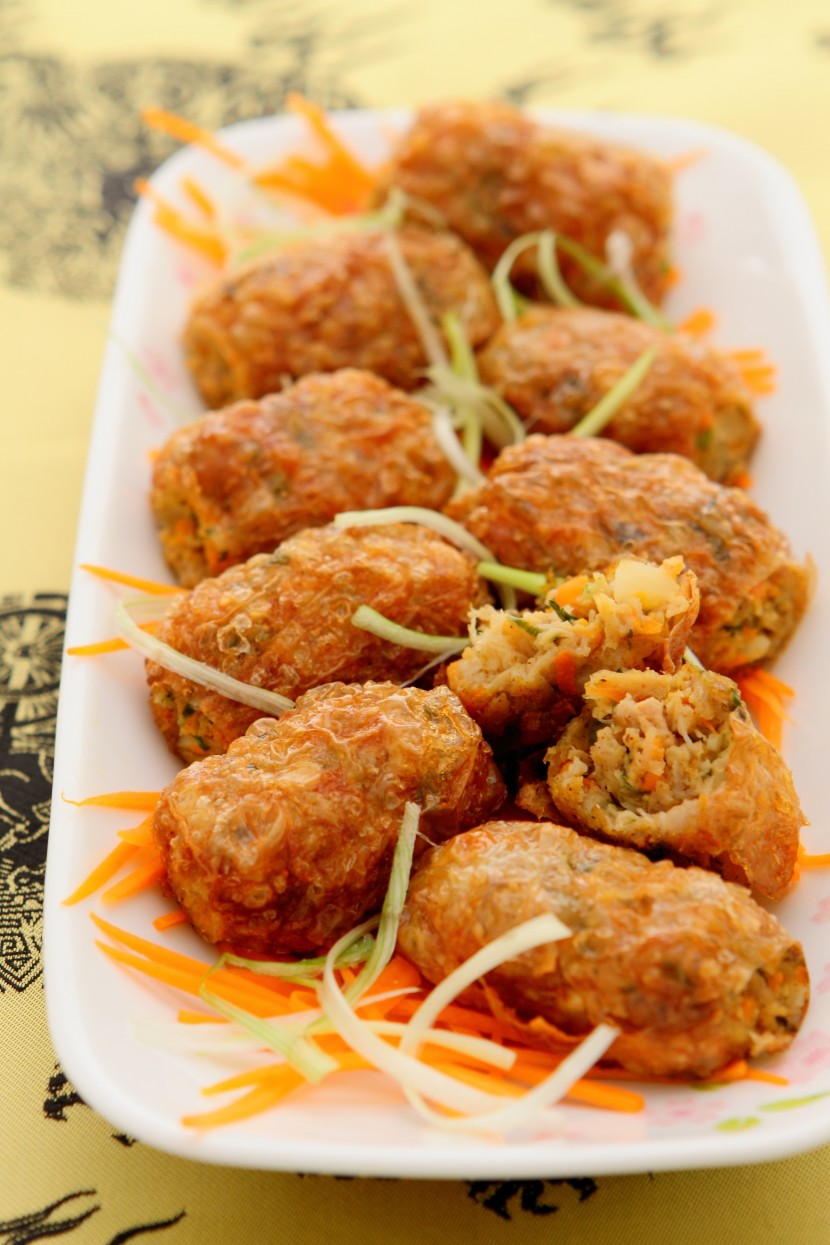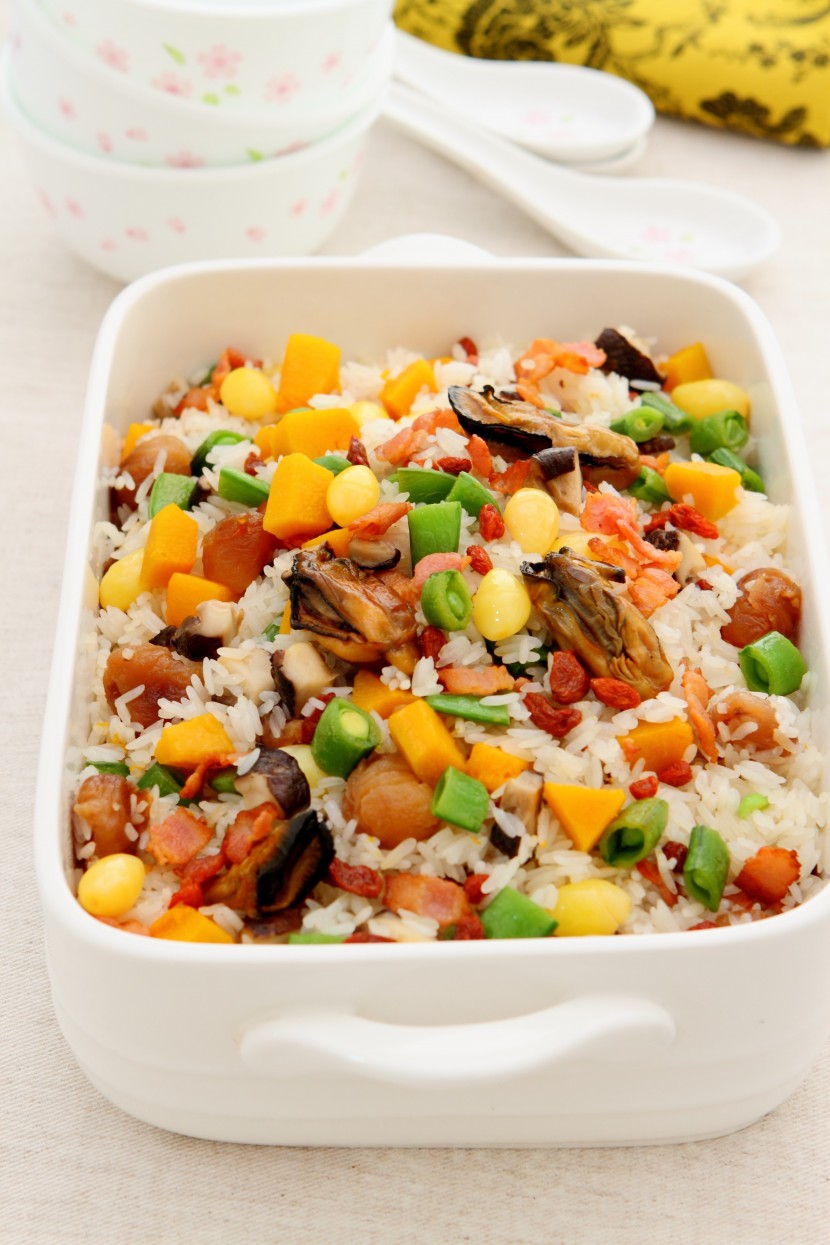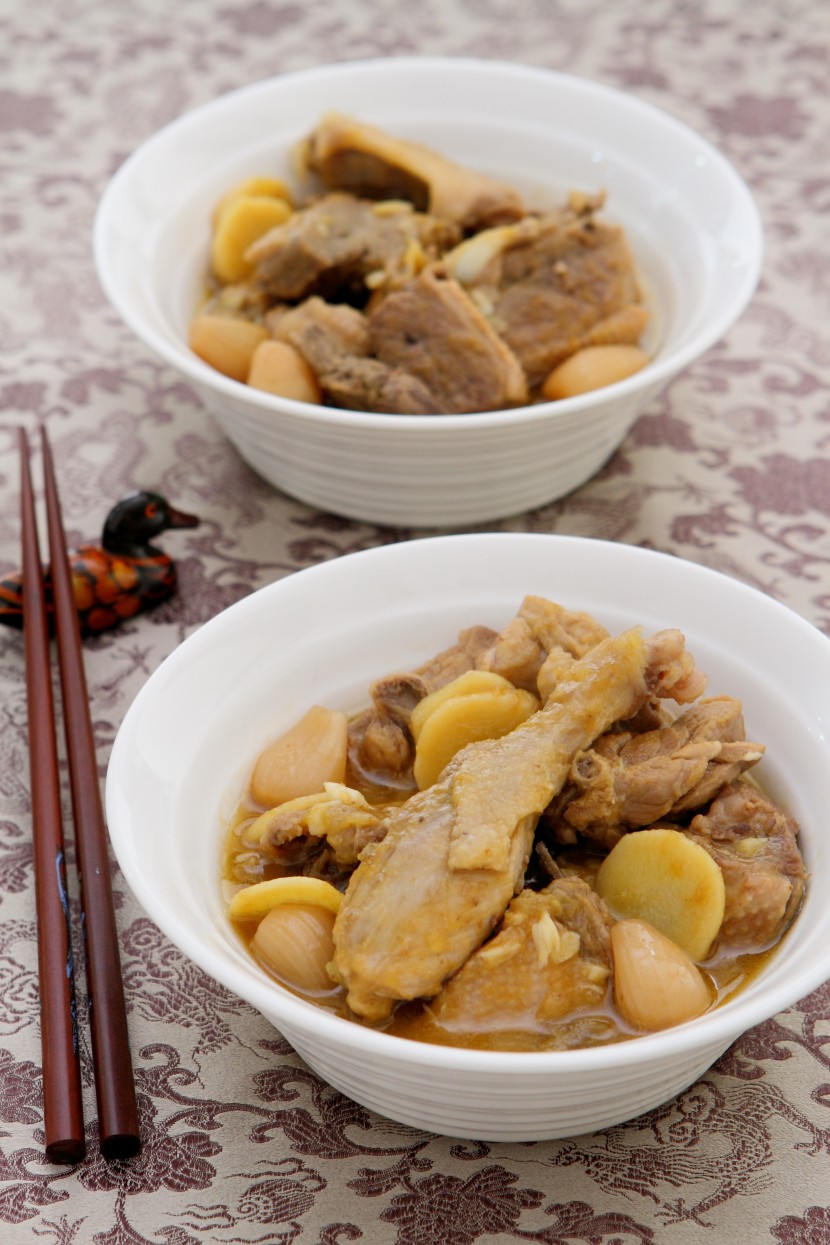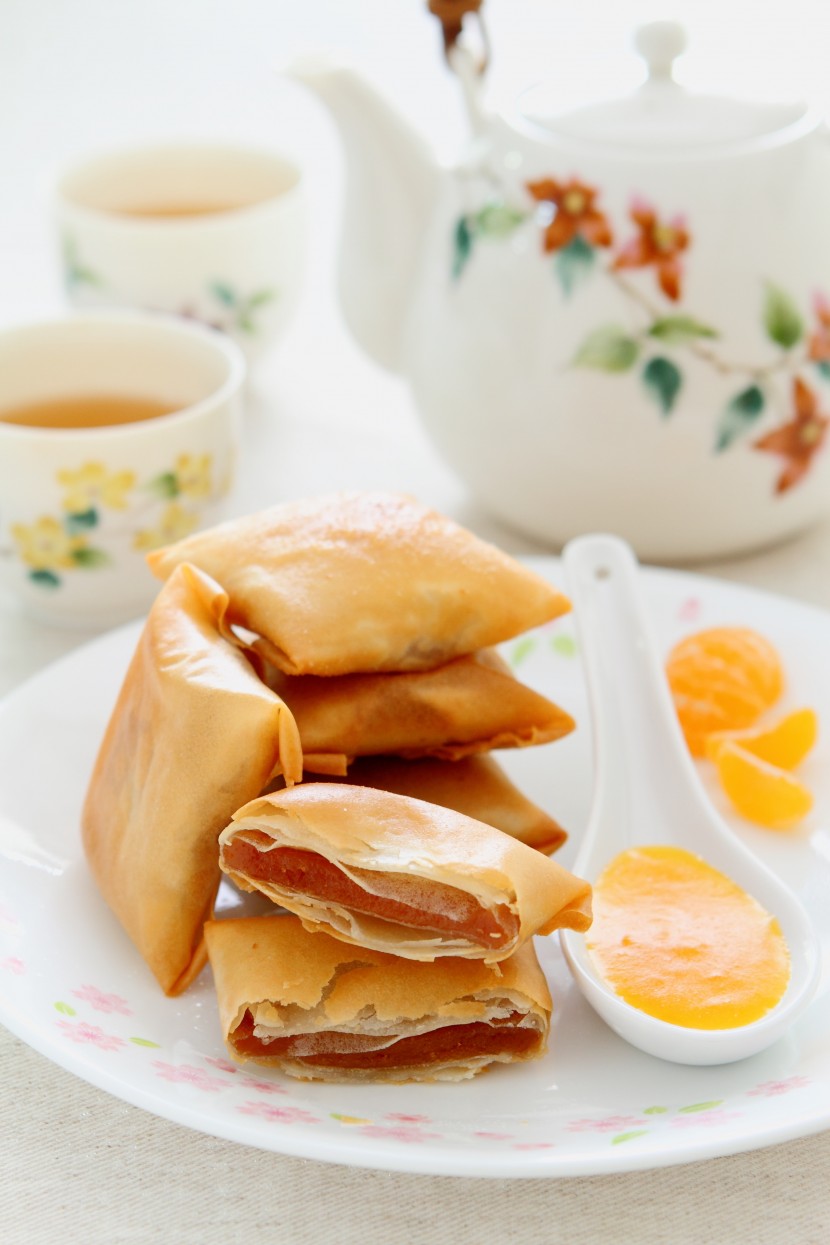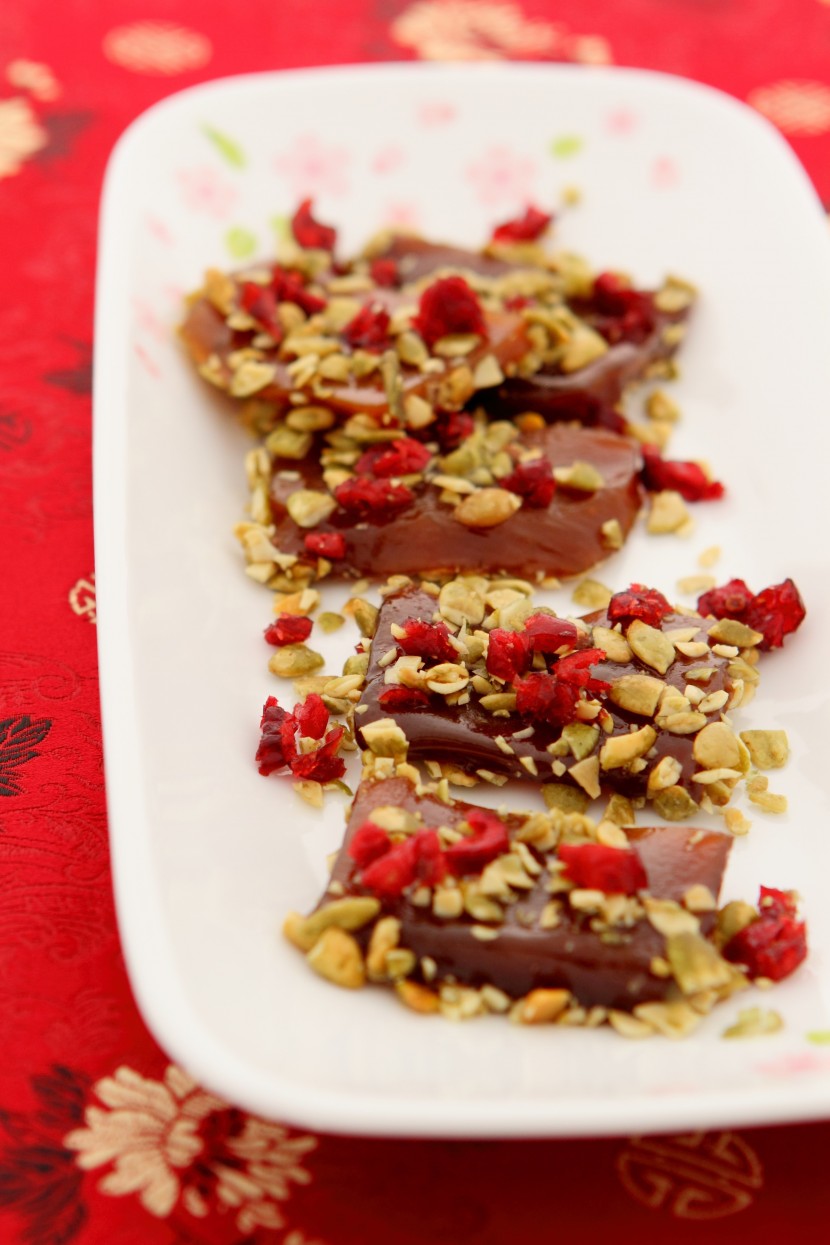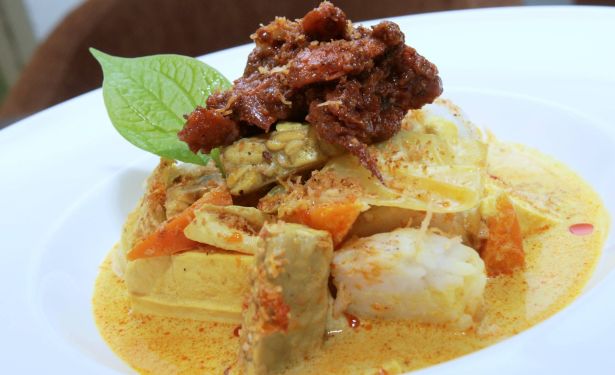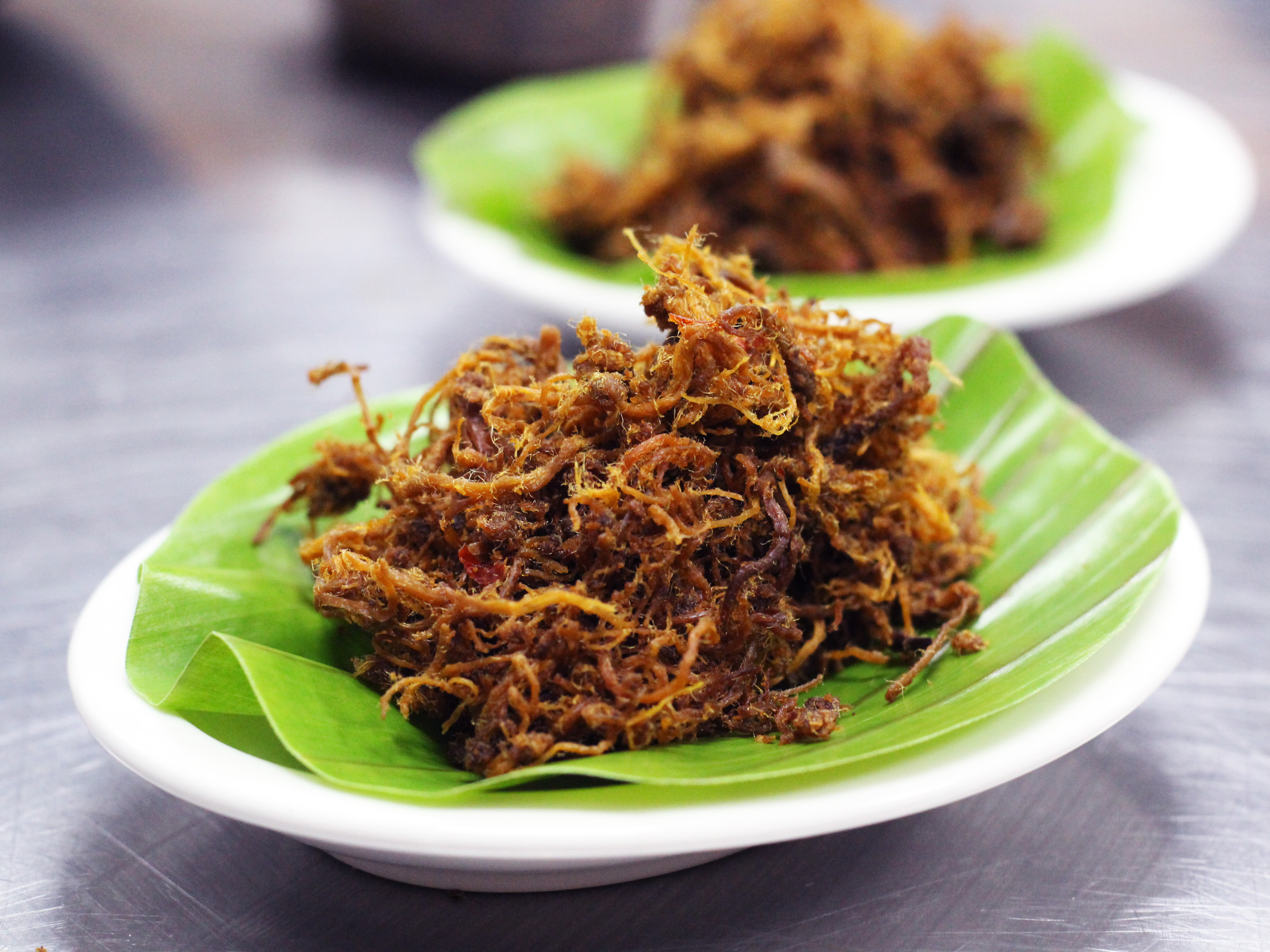Each family has their own tradition when it comes to organising their yearly reunion dinner, but it’s not unusual to want to try something new by jazzing up the usual dishes. This Chinese New Year, rustle up a heartwarming reunion dinner by infusing these fresh ideas into old-school classics.
Here are six CNY recipes to inspire the inner chef in you.
Hup Kar Foh Wor (Happy Reunion Hotpot)
(Pic on top)
A hotpot or steamboat is customarily eaten by Northern Chinese families for Chinese New Year. The gathering of kith and kin around the circular cooking vessel reflects family unity and the warming of family ties. Most families usually prepare six or more different ingredients for their hotpot meal, to showcase the bountiful abundance of the sky, land and sea.
There is symbolic meaning for each food that goes into the pot, and popular choices include prawns to represent happiness and liveliness, fish for abundance and surplus, pork for strength and wealth, greens for prosperity, mushroom for flourishing prospects, eggs for fertility and reunion, and noodles for longevity.
Hai Choe (Traditional Deep-fried Crabmeat Dumplings)
The crab has always been revered by gourmands as one of the sea’s most precious treasures. The perfect morsels of jade-white meat that is prized out of the shell needs little or no embellishment.
With a little imagination and ingenuity, Chinese cooks can get more out of what precious little crab meat there is to make this luxurious ingredient go further on the festive table. Shaped like traditional Chinese coins, these Hai Choe dumplings are the perfect curtain-raiser for an auspicious Lunar New Year feast.
Pat Poh Farn (Eight Treasures Rice)
Rice was considered a delicacy during the Han dynasty (202 BC-AD 220) and symbolises good fortune and happiness. To the Chinese, white rice is also valued as cultured refinement, as only the rich could afford to eat rice in the old days.
Taking a leaf out of an old la pa chu recipe – a sweet rice porridge with lotus seeds, red dates, almonds, two types of candied fruit, sweet bean paste and syrup to represent of the “eight immortals” – this eight-treasure rice recipe includes dried longans for longevity, assorted dried seafood for bountiful prosperity, pumpkin for its precious golden colour and sweet peas for a new beginning.
Shuin Mui Ngap (Braised Duck with Sour Plums)
Known as one of the “four heroes” of the Chinese table, ducks typically signify felicity and fidelity. Pricier than chickens, in the old days they were usually reserved for special occasions and festive banquets. To bring this bird to the modern festive table, this classic braised duck dish from Guangdong is perked up with pickled garlic to lend it an invigorating sharpness and to balance the rich meatiness.
Kum Jiong Nin Koh (Deep-fried Glutinous Rice Cake Parcels with Mandarin Orange Coulis)
Nian gao (nin koh in Cantonese) is customary for Chinese New Year as this steamed glutinous rice cake’s sweetness signifies a sweet beginning and upwardly progress. Give it a golden glow by pairing it with some mandarin orange coulis, in this Kum Jiong Nin Koh recipe.
Zhu Poh Nin Koh (Nian Gao with Pumpkin Seeds & Cranberries)
Nuts and seeds symbolically stand for fertility while dried fruit denotes sweet prospects. Combined together with the nian gao pieces, these auspicious ingredients resemble precious gems that adorn the sweet cake.
This article was first published in Flavours magazine.
Related articles:
